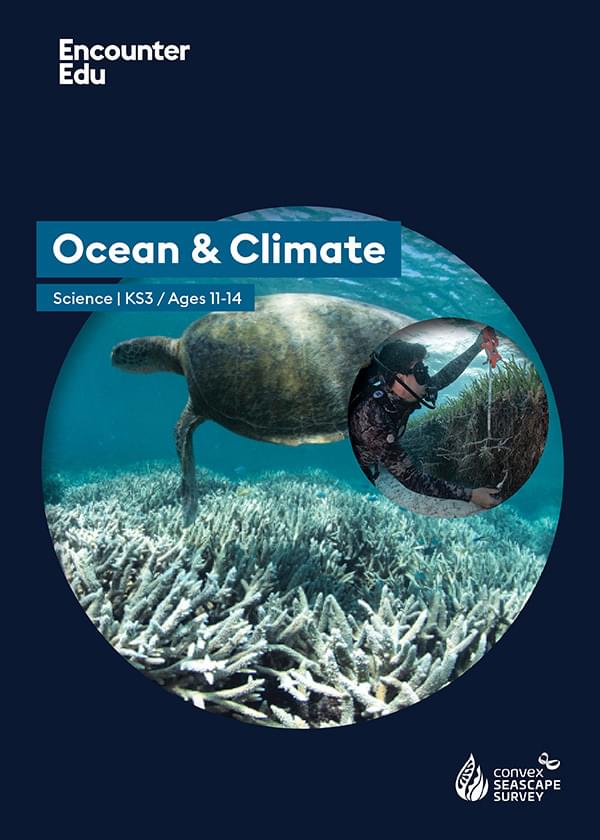This activity is a fun way to review the processes involved in
the global carbon cycle. It can be used as part of a lesson on the carbon cycle
or as a standalone activity, with subject knowledge revision of each of the
processes included under the Find out more tab.
Set up
There are two different set up options. The individual version
is suited for individual use, with a single sheet for the board, and record
sheet showing ten moves. The group version has cut-out cards for the different
carbon stores and smaller record sheets for ten moves.
Download the appropriate board, record sheet, and instructions
depending on how you would like to play. Each group will also need a dice and
counters.
As a reference for the processes, students can view the Carbon cycle interactive (intermediate).
Activity steps
- Each player should choose a starting carbon store for their counter.
- Take it in turns to roll the dice and locate the instructions for that carbon store. Move the counter as appropriate.
- Record the movement and the relevant process on the record sheet.
- Keep on playing until each player has completed their record sheet.
This activity is designed to deepen student understanding of the different processes involved in the global carbon cycle. This activity is also designed to extend knowledge to important processes that take place in the ocean.
Absorption / dissolving
Gases including carbon dioxide are exchanged between the ocean and the atmosphere. When gases pass from the atmosphere to the ocean, they are absorbed or dissolve in the ocean.
Circulation
Water in the surface ocean mixes with water in the deep ocean. This is driven by the different densities of layers of water. The density of water changes with its salinity (salt content) and temperature.
Combustion
Combustion refers to the human burning of fuel. In relation to the carbon cycle, this is mainly the burning of fossil fuels (coal, oil, and gas) for energy. This releases the ancient plant (and animal) carbon back into the atmosphere.
Consumption / feeding
When animals eat plants or other animals, carbon is consumed.
Decay
Decay or decomposition is the process where dead plants and animals break down once they are dead. It is helped by different organisms from microbes to worms.
Fossilisation
Fossilisation is rare. Normally, dead plants and animals decay. Sometimes, just the hard parts of an organism remain preserved as fossils in layers of sediment or mud. Fossil fuels are formed when whole plants, algae, and animals do not decay, but are subject to huge pressure and trapped in layers of rock. Through this process ancient plants and marine organisms can turn into fossil fuels such as coal, oil, and gas.
Photosynthesis
Photosynthesis is the process by which plants combine carbon dioxide from the atmosphere with water to create sugars. This process is powered by energy from the sun and enabled by chlorophyll in the leaves.
Release
Gases including carbon dioxide are exchanged between the ocean and the atmosphere. When gases pass from the ocean to the atmosphere, it is known as release.
Respiration
Animals and plants use food for energy. During aerobic respiration, sugars are combined with oxygen, and carbon dioxide and water are released. Respiration can also take place without oxygen. This is called anaerobic respiration.
Sedimentation / sinking
Dead plants and animals, as well as mineral particles, fall from the surface ocean to the deep ocean. When these reach the bottom of the ocean, they create a layer of sediment. Carbon is stored in the sediment through this process.


